APUSH Period 9
1/63
There's no tags or description
Looks like no tags are added yet.
Name | Mastery | Learn | Test | Matching | Spaced |
|---|
No study sessions yet.
64 Terms
The Age of Limits
A periodization concept, often used by historians, for the period of time roughly corresponding to the 1970s. After the post-WWII economic boom, during which many Americans seemed to have "grand expectations" for their nation, by the 1970s, several indicators seemed to suggest that the U.S. may be reaching its limits: growing distrust in government (Vietnam, Watergate), economic stagnation ("stagflation"), the limits of America's power in the world (Vietnam, Iran Hostage Crisis), and environmental damage caused by industrial economies and mass consumption (Earthy Day and the environmental movement).

The Conservative Resurgence
A periodization concept, often used by historians, for the period of time roughly corresponding to the administrations of Presidents Nixon through Reagan, and perhaps beyond, during which the dominance of liberalism was replaced by the dominance of conservatism in American politics.
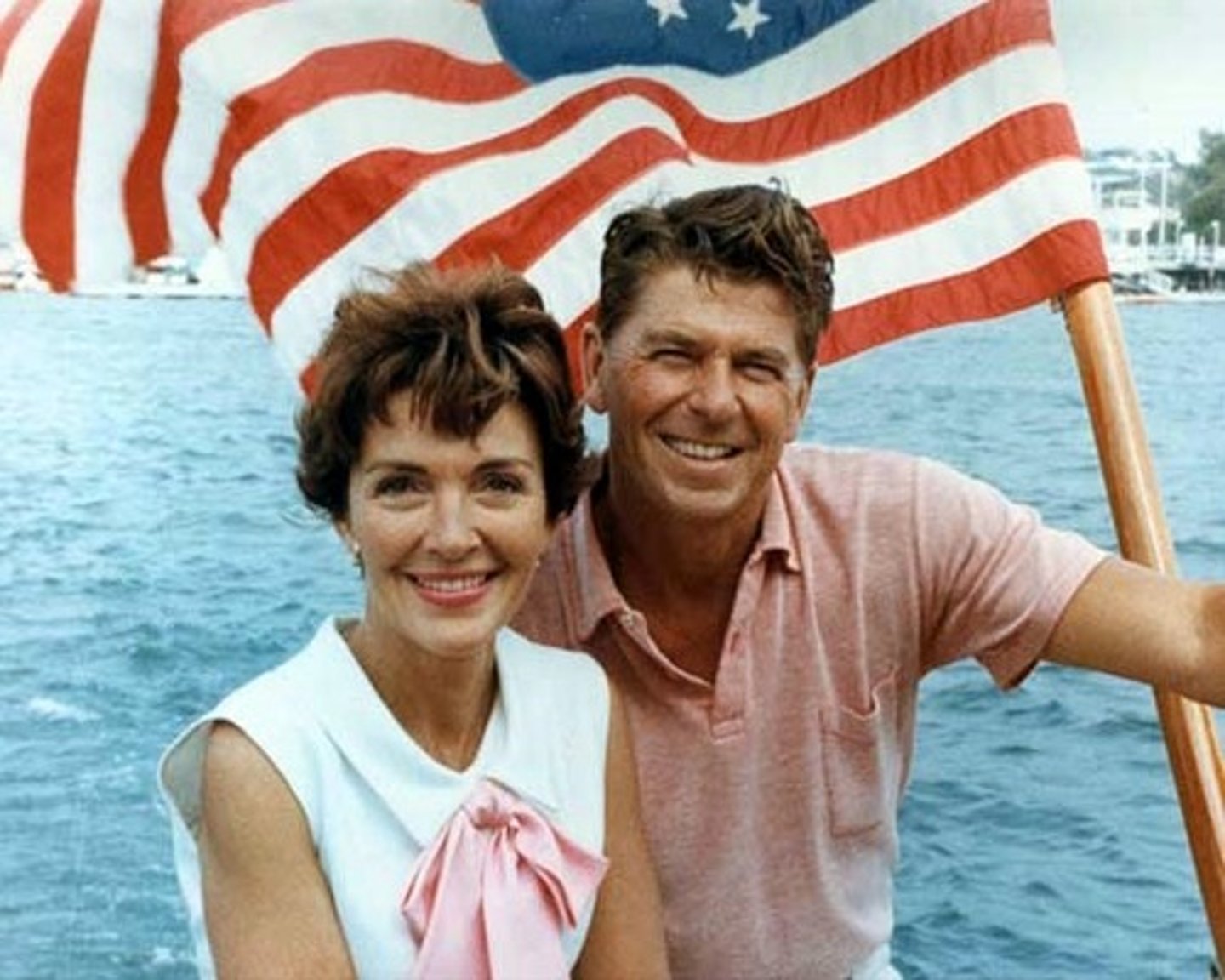
Causes of the Conservative Resurgence
In his introduction to Chapter 26 of Give Me Liberty!, Eric Foner outlines some of the causes of the Conservative Resurgence; "The second half of the 1960s and 1970s would witness pivotal developments that reshaped American politics--the breakup of the political coalition forged by Franklin D. Roosevelt; an economic crisis that traditional liberal remedies seemed unable to solve; a shift of population and economic resources to conservative strongholds in the Sunbelt of the South and West; the growth of an activist, conservative Christianity increasingly aligned with the Republican Party; and a series of setbacks for the United States overseas. Together, they led to growing popularity for conservative's ideas, including their understanding of freedom" (1021). Historians debate which of these developments--among others not mentioned here--were the most significant causes of the Conservative Resurgence.
President Richard Nixon, 1969-74
Republican President serving from 1969 until he resigned in 1974. Running a 1968 campaign in which he promised to restore "law and order" and claimed he had a "secret plan" for winning the war in Vietnam, Nixon came to office and claimed to speak for the "silent majority" of Americans who were not protesting. Yet it was difficult to characterize his domestic policies in office, and while Nixon fundamentally altered Cold War policies, he is perhaps most remembered for his cover-up of, and ultimate resignation over, the Watergate Scandal.
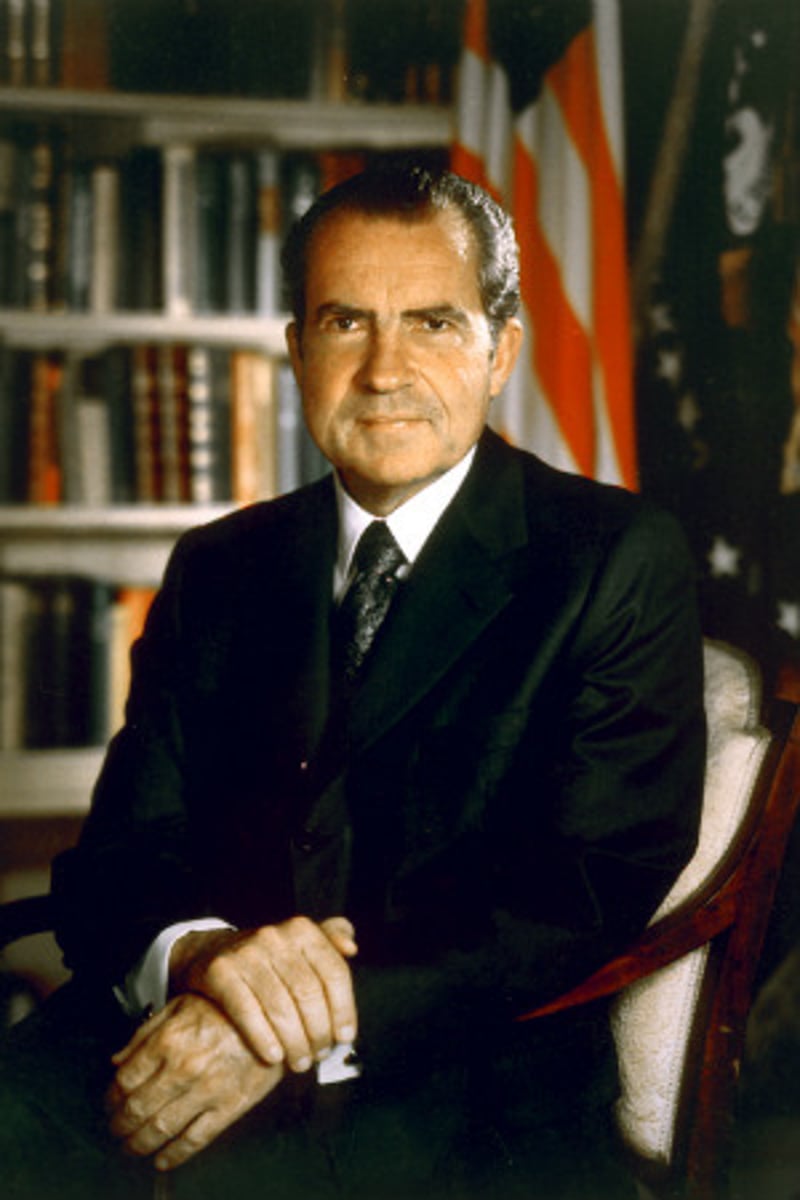
Environmental Protection Agency (EPA)
A federal agency created by the Nixon administration that oversaw programs to combat water and air pollution, cleaned up hazardous wastes, and required environmental impact statements from any project that received federal funding.
Endangered Species Act, 1973
One of several major environmental regulations of the 1970s, this law aimed to prevent the extinction of imperiled animal species and, among other things, prohibited federal funds on any project that might extinguish an animal species.

The Southern Strategy
The Republican Party's strategy during the Conservative Resurgence to gain political support in the South by appealing to the racism against African Americans harbored by many southern white voters. Generally avoiding the direct appeals to racism that candidates like George Wallace or Strom Thurmond used during the 1960s, the Southern Strategy used more subtle, yet racially-coded, tactics such as appointing judges hostile to civil rights, speaking out against forced-busing and affirmative action, and calling for freedom of association, local control, and resistance to the power of the federal government.
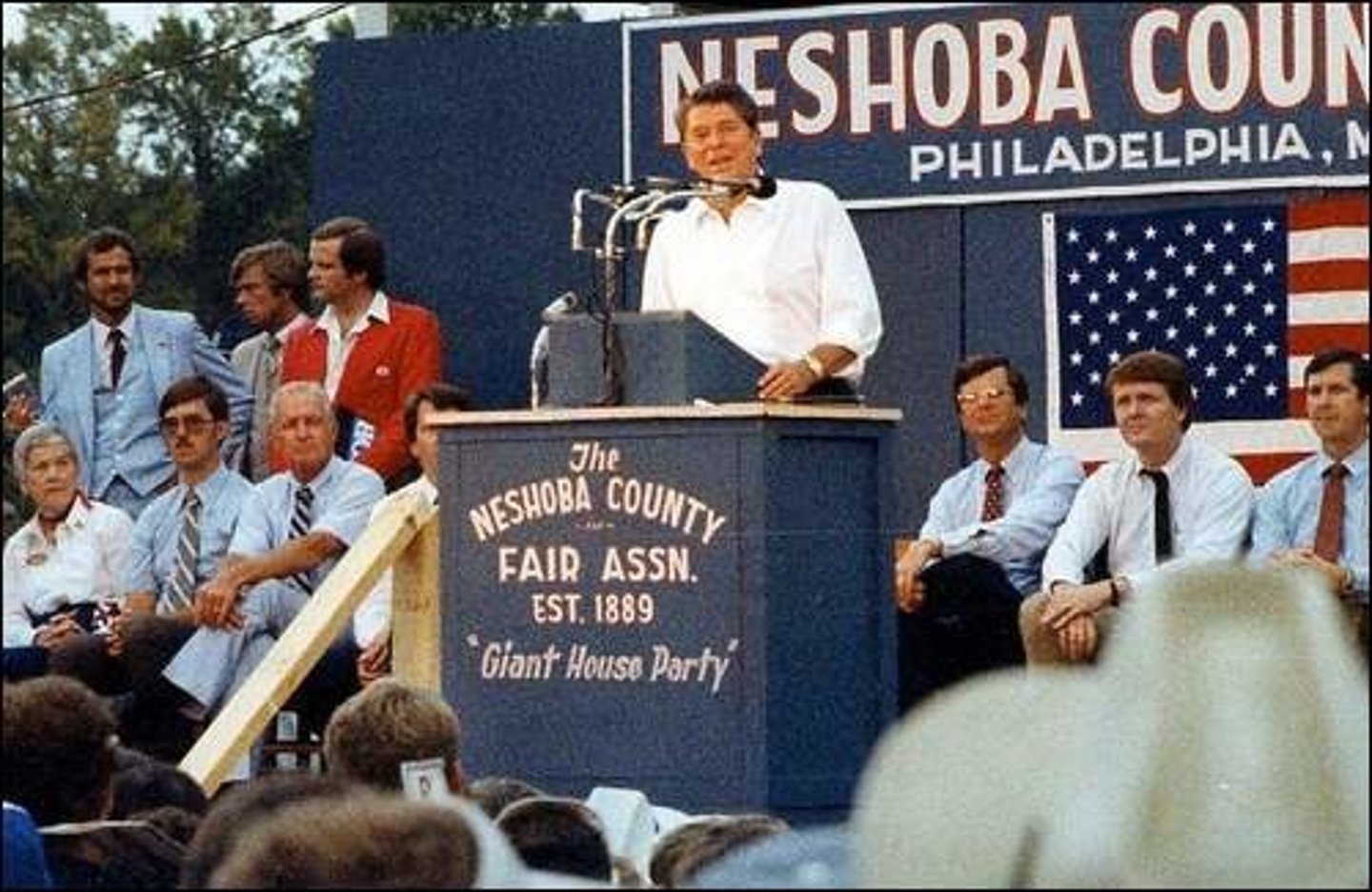
Forced Busing
In the 70s, hundreds of judges throughout the country ordered School Districts to adopt this method to achieve school integration. After many years of delaying the integration of public schools ordered by the 1954 Brown v. Board of Education decision ("with all deliberate speed"), by the 1970s, many cities began implementing these programs, and they method became very controversial in cities like Boston.
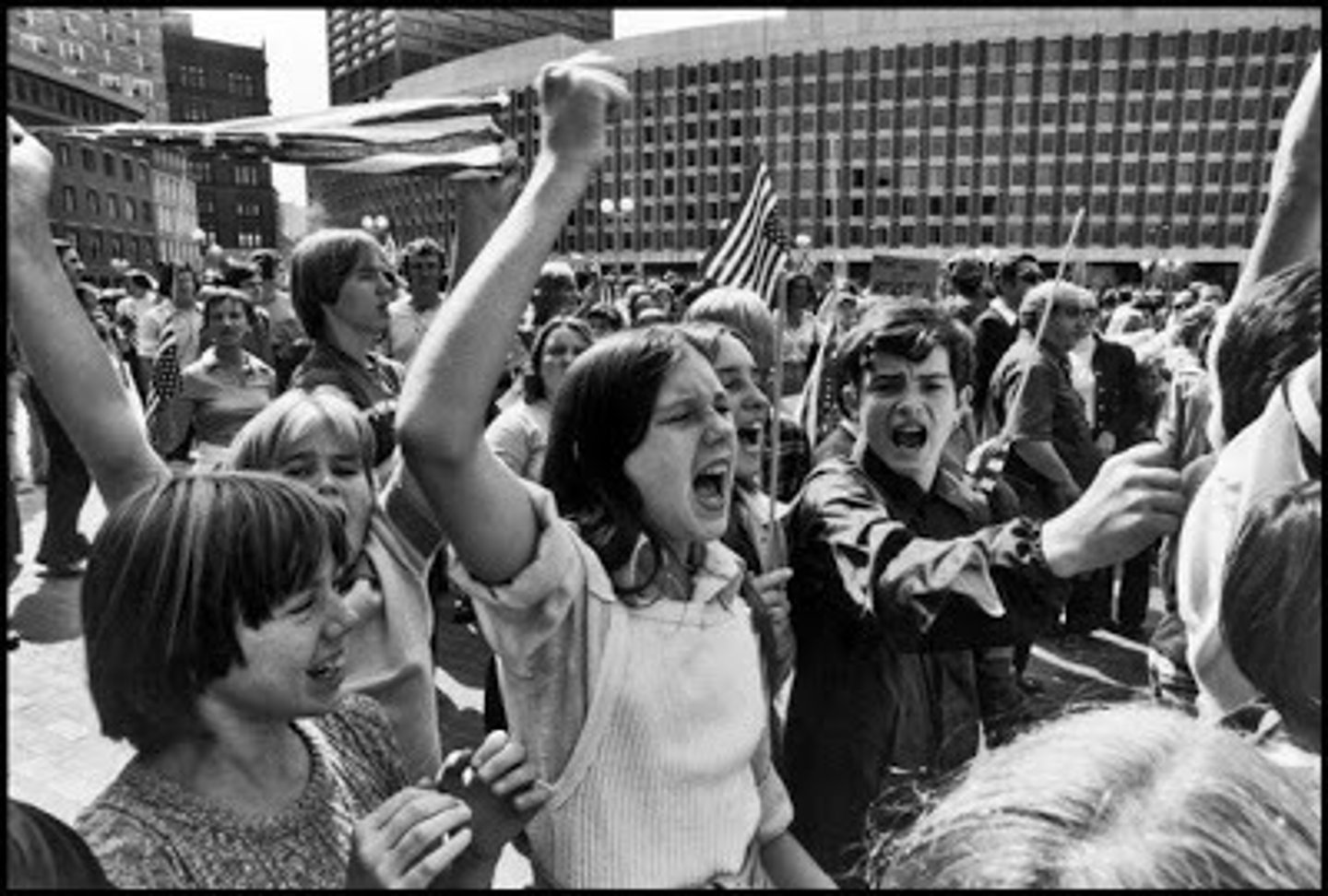
The Bakke Decision (Regents of the University of California v. Bakke) (1978)
This Supreme Court ruling struck down a UC-Davis affirmative action program that had set aside a specific number of seats ("quotas") for minority students applying to its medical program. In this case, the Supreme Court ruled that the use of a quota system was unconstitutional; however, it also found that race could be used as one factor among many in admissions decisions, so non-quota based affirmative action programs continued at most colleges and universities.
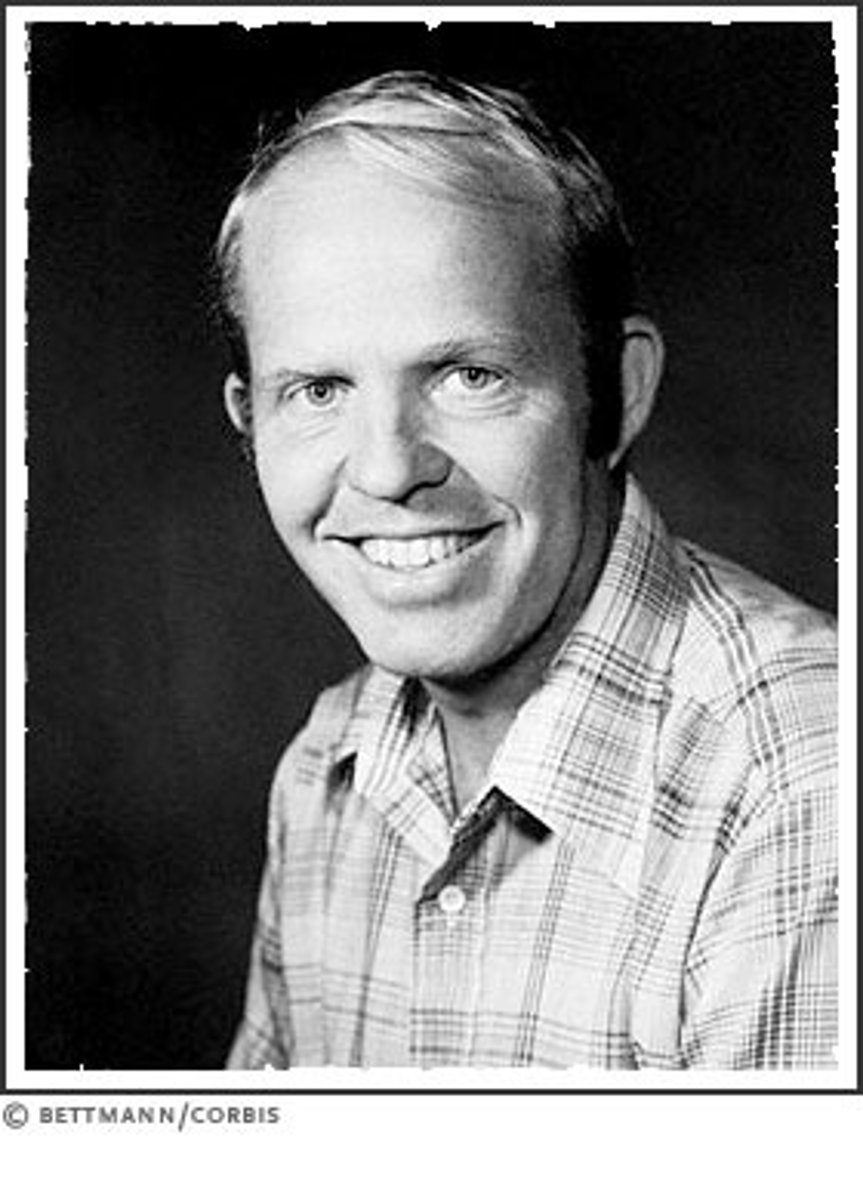
affirmative action
Efforts to promote greater employment and educational opportunities for minorities and women. Affirmative action programs made many educational and employment opportunities available for many people and contributed to the growth of the black middle class in the 1970s and 80s. But they also led to charges of "reverse discrimination," or claims that, in violation of the Fourteenth Amendment's equal protection clause, minorities were granted special advantages over whites.
Title IX, 1972
A ban on gender discrimination in higher education. It had a particularly dramatic impact in terms of opening up opportunities for young women in college athletic programs.

"Vietnam Syndrome"
A term generally used by foreign policy "hawks" to refer to the widespread reluctance on the part of the American public after the Vietnam War to commit U.S. armed forces overseas. Americans in the peace movement criticized this term because it implies that the desire to avoid unnecessary wars is akin to an illness.
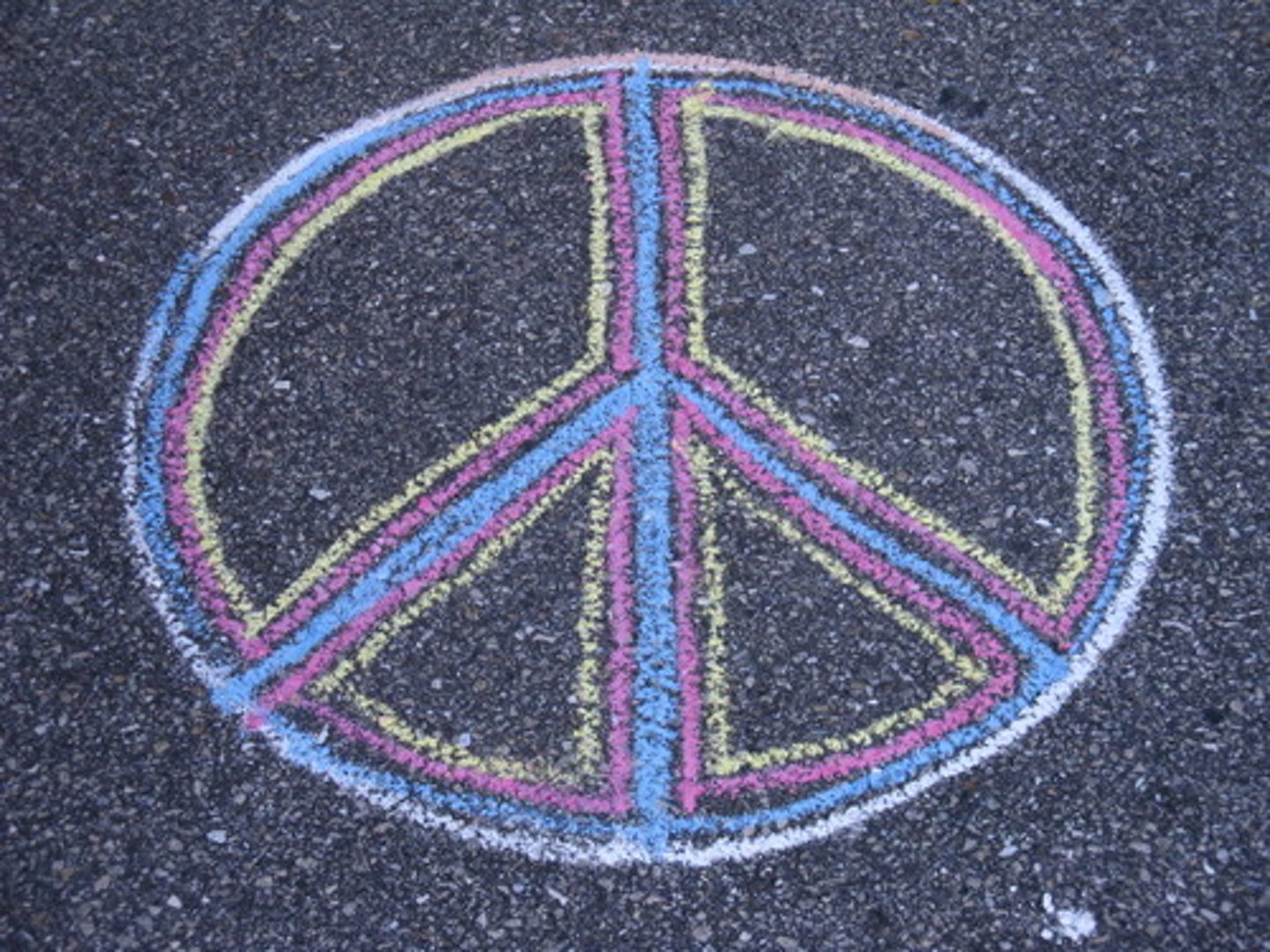
President Jimmy Carter, 1977-1981
While this President was a Democrat, he reflected the conservative resurgence in that he was a "born again" Christian, from the South, who ran as an "outsider" (as opposed to one of those "corrupt Washington politicians"), and who initiated some directions in policy (tax cuts and deregulation) that Reagan would continue. His presidency is generally considered to be, on the whole, a failure, because of the continuing poor economy, the inability to free the American hostages in Iran, and the fact that he only served one term. However, his accomplishments include elevating human rights to a higher level of importance in U.S. foreign policy than it had previously been.
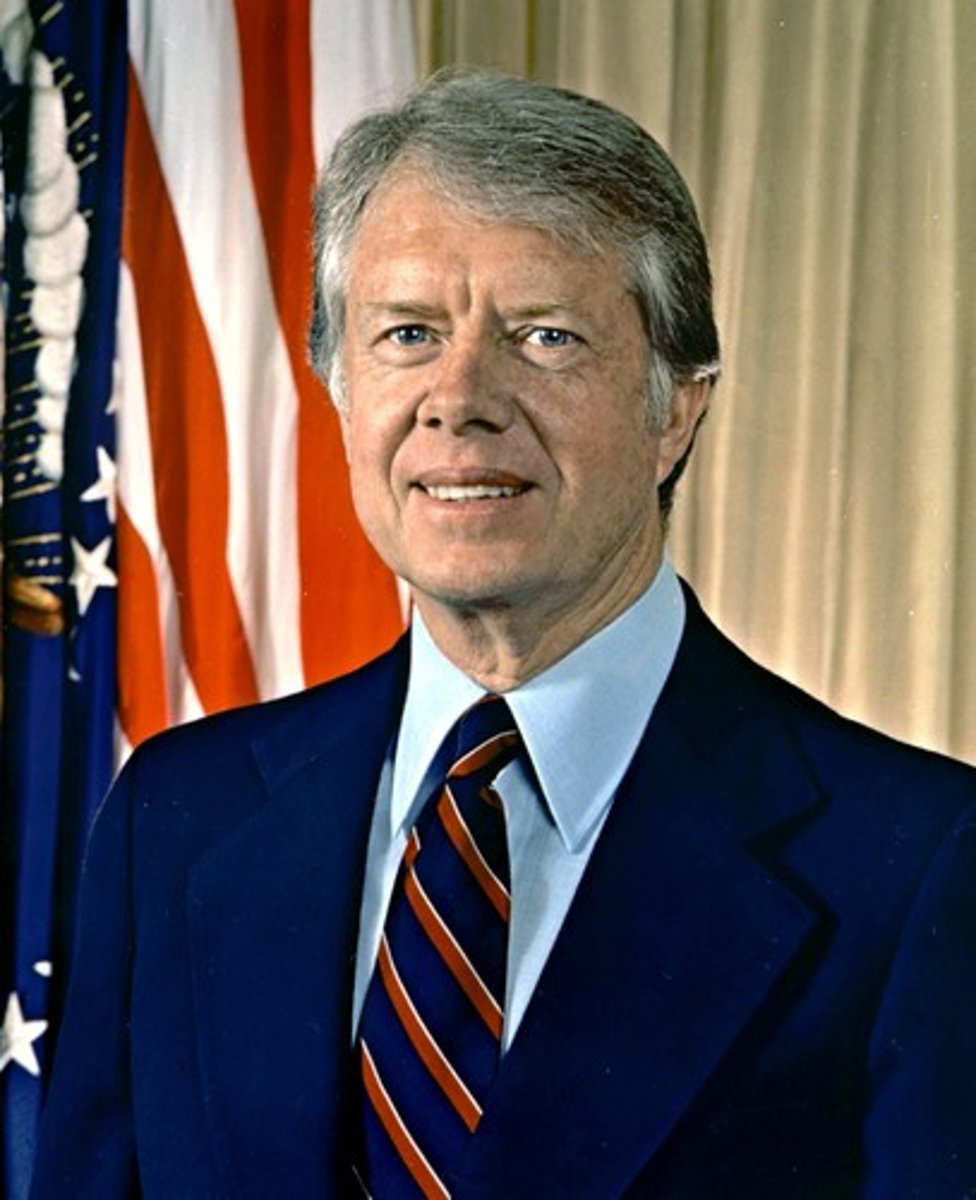
Three Mile Island, 1979
A nuclear power plant in Pennsylvania known for the infamous accident in 1979 in which it released a large amount of radioactive steam into the atmosphere. The accident reinforced the American public's fears of the environmental dangers associated with nuclear energy and put to a halt expansion of the nuclear energy industry in the U.S.
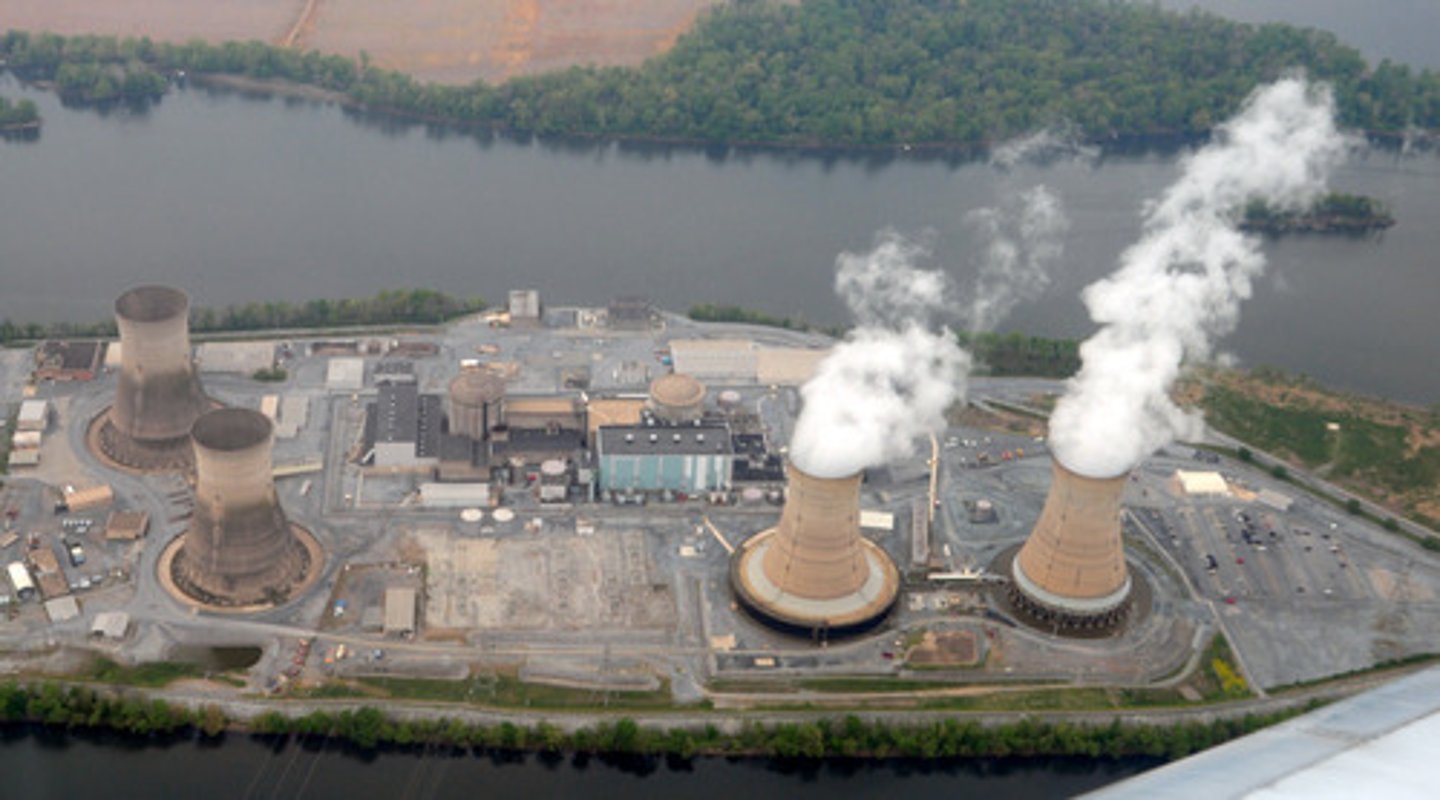
President Carter's foreign policy of Human Rights
This President believed that combating poverty in the Third World, preventing the spread of nuclear weapons, and promoting human rights should generally take priority in U.S. foreign policy over traditional Cold War thinking. Carter cut off U.S. military aid to Chile's brutal military dictatorship (Augusto Pinochet), provided for the transfer of the Panama Canal back to local control by the year 2000, resisted calls to intervene when the popular left-wing Sandinista movement overthrew the U.S.-backed Nicaraguan dictator, Anastasio Somoza (Reagan would later fund the "contras" there), and brokered the Camp David Accords between Egypt and Israel. Despite these accomplishments, Carter nevertheless continued U.S. support for some allies with records of serious human right violations such a as Guatemala, Philippines, South Korea, and (most consequentially for Carter) Iran.
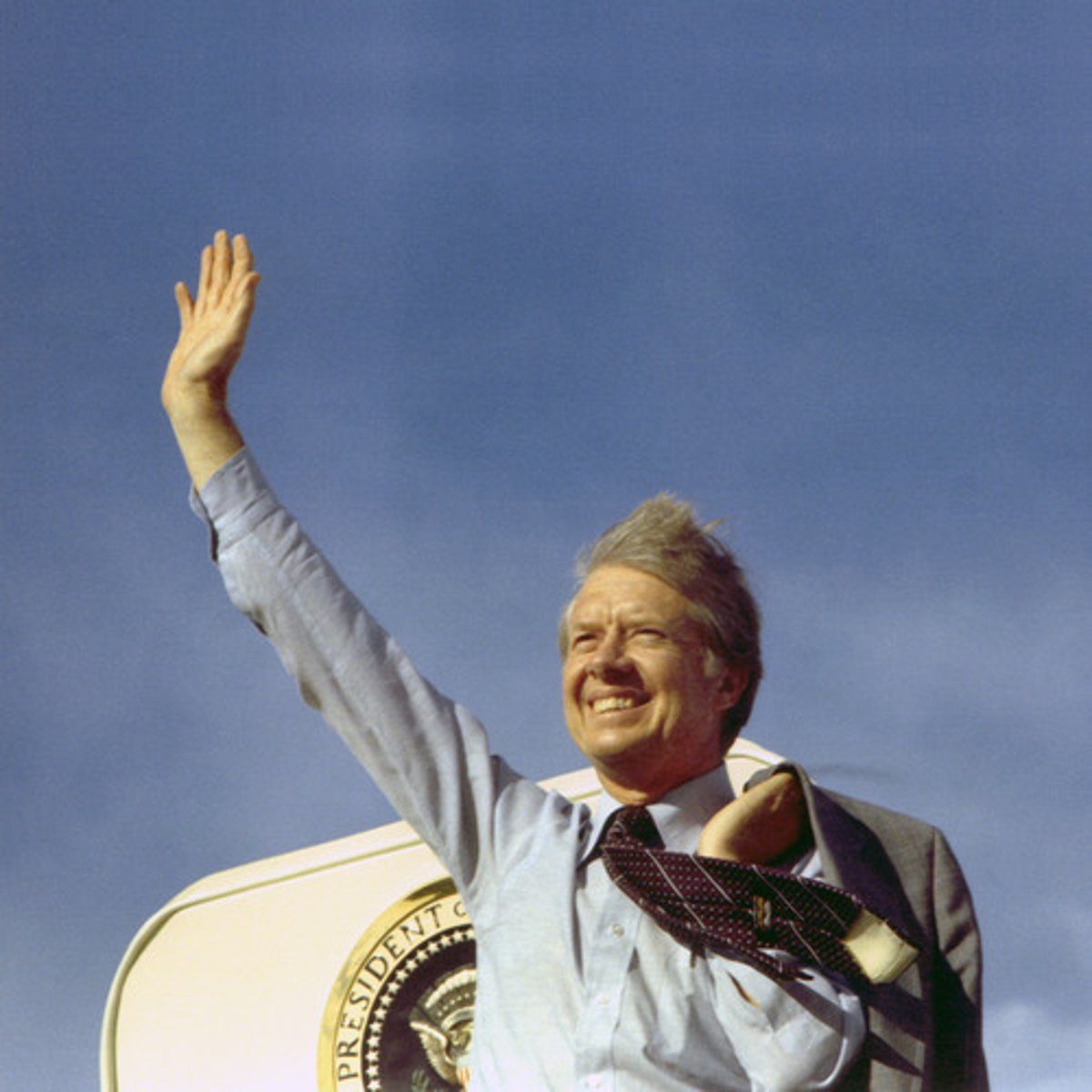
Camp David Accords, 1978
A peace agreement between Egypt and Israel facilitated by Jimmy Carter in which Israel returned land (the Sinai Peninsula) it had taken from Egypt in return for Egypt's promise of peace with Israel.
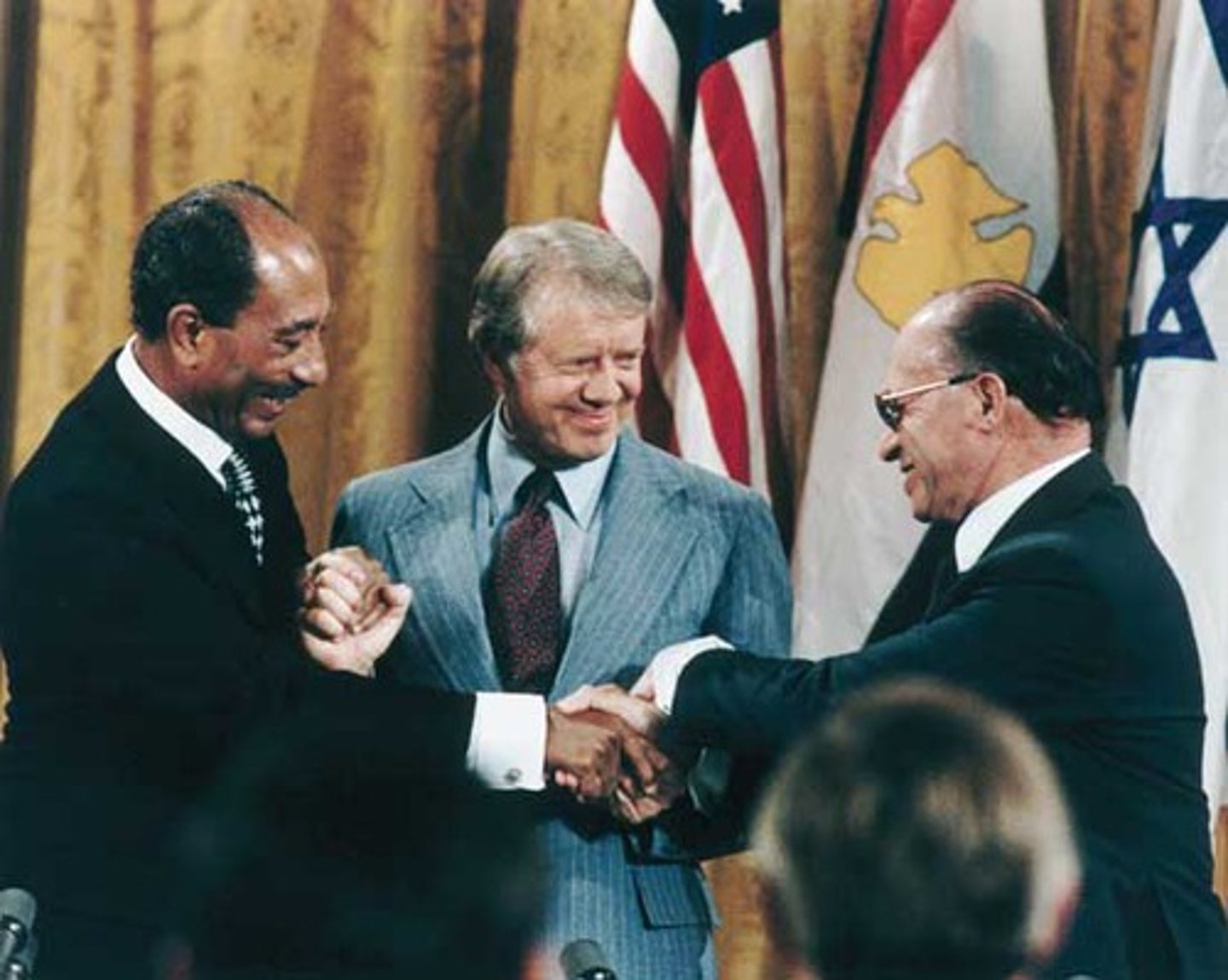
The Iranian Revolution, 1979
A popular revolution, inspired and led by Ayatollah Khomeini, an Islamic fundamentalist, that overthrew the U.S.-backed Shah (king) of Iran in 1979. The revolution had deep anti-American currents dating back to the Fifties. As part of the early Cold War, the CIA had orchestrated the overthrow of Iran's only democratically elected president, Mohammed Mossadegh in 1953, after he tried to nationalize Iran's oil. The U.S. then supported the Shah (King) of Iran, keeping him as a key ally of the United States in the Cold War. While the Shah was secular, modern, and in some ways progressive, he tolerated no political dissent and had his opponents tortured and killed (by SAVAK). Many Iranians viewed the Shah a U.S.-puppet controlling their country.

The Iran Hostage Crisis, 1980-81
After Carter allowed the deposed Shah of Iran to seek medical treatment in the United States, Khomeini's followers invaded the American embassy in Tehran, Iran, and seized hostages, fifty-two of whom they kept for over a year. Despite many attempts, Carter was unable to secure the release of the hostages, which made him appear helpless and inept and led to a rapid fall in his popularity.
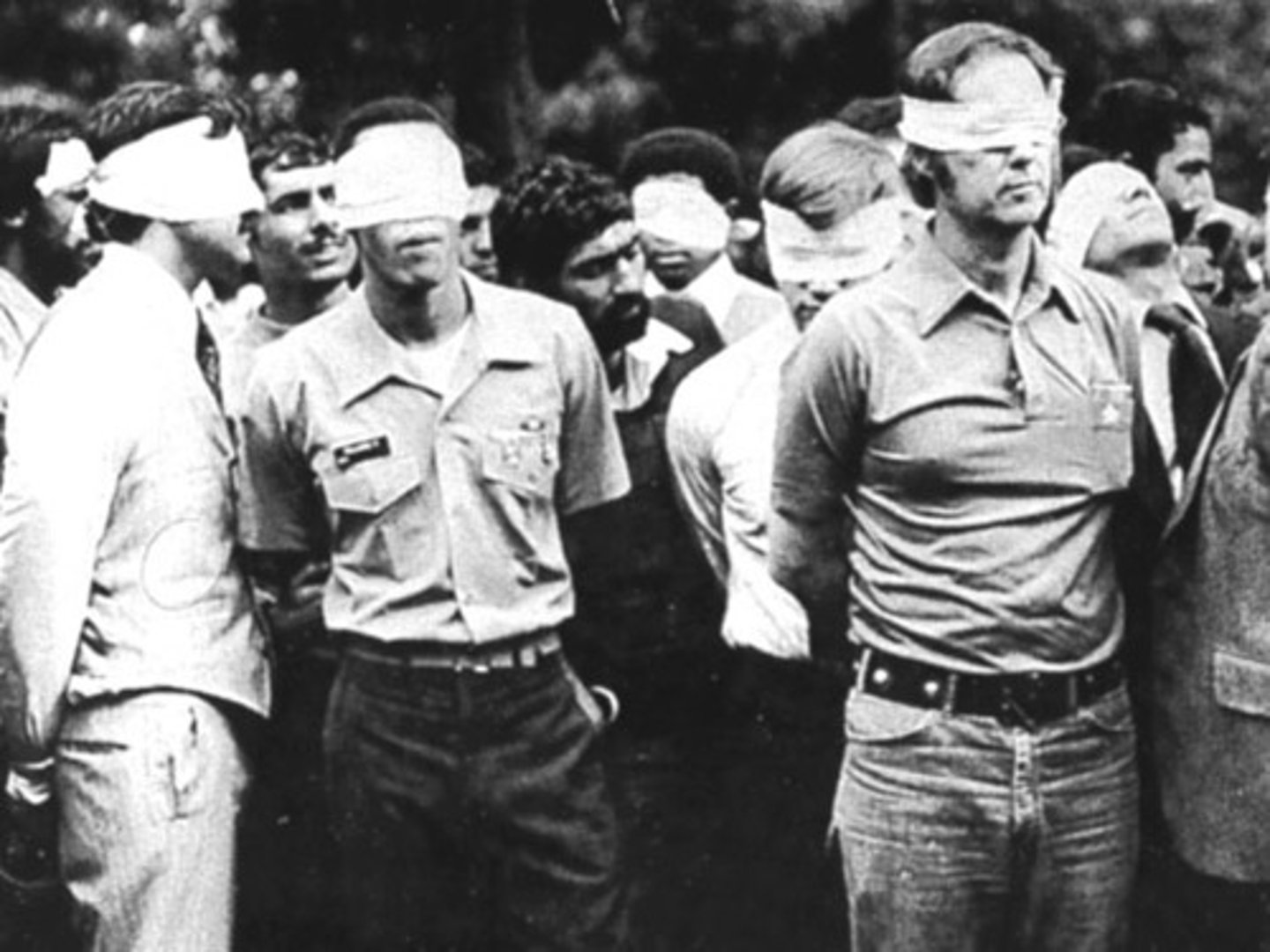
Neoconservatives
An important element of the Reagan Coalition and the Conservative Resurgence, this was a group (sometimes called "Neocons") of intellectuals who charged that the 1960s had produced a decline in moral standards and respect for authority. Once supporters of liberalism, they had come to believe that even well-intentioned government social programs did more harm than good. They also rejected Nixon's Détente and Carter's focus on human rights and called instead for a more aggressive posture and realist foreign policy in the Cold War.
The Religious Right
An important element of the Reagan Coalition and the Conservative Resurgence, the Religious Right refers to politically-active conservative Christians who were concerned about what they viewed in the Sixties and Seventies as the moral decay of American culture (secularism, pornography, gay rights, abortion) and the undermining of the traditional family (feminism, divorce) and who called for the reassertion of more traditional religious values.

Jerry Falwell and the Moral Majority
Perhaps the central figure in the Religious Right during the Conservative Resurgence, this Virginia minister and his organization called for a "war against sin" and encouraged the election of "pro-life, pro-America, "pro-family" candidates to public office.
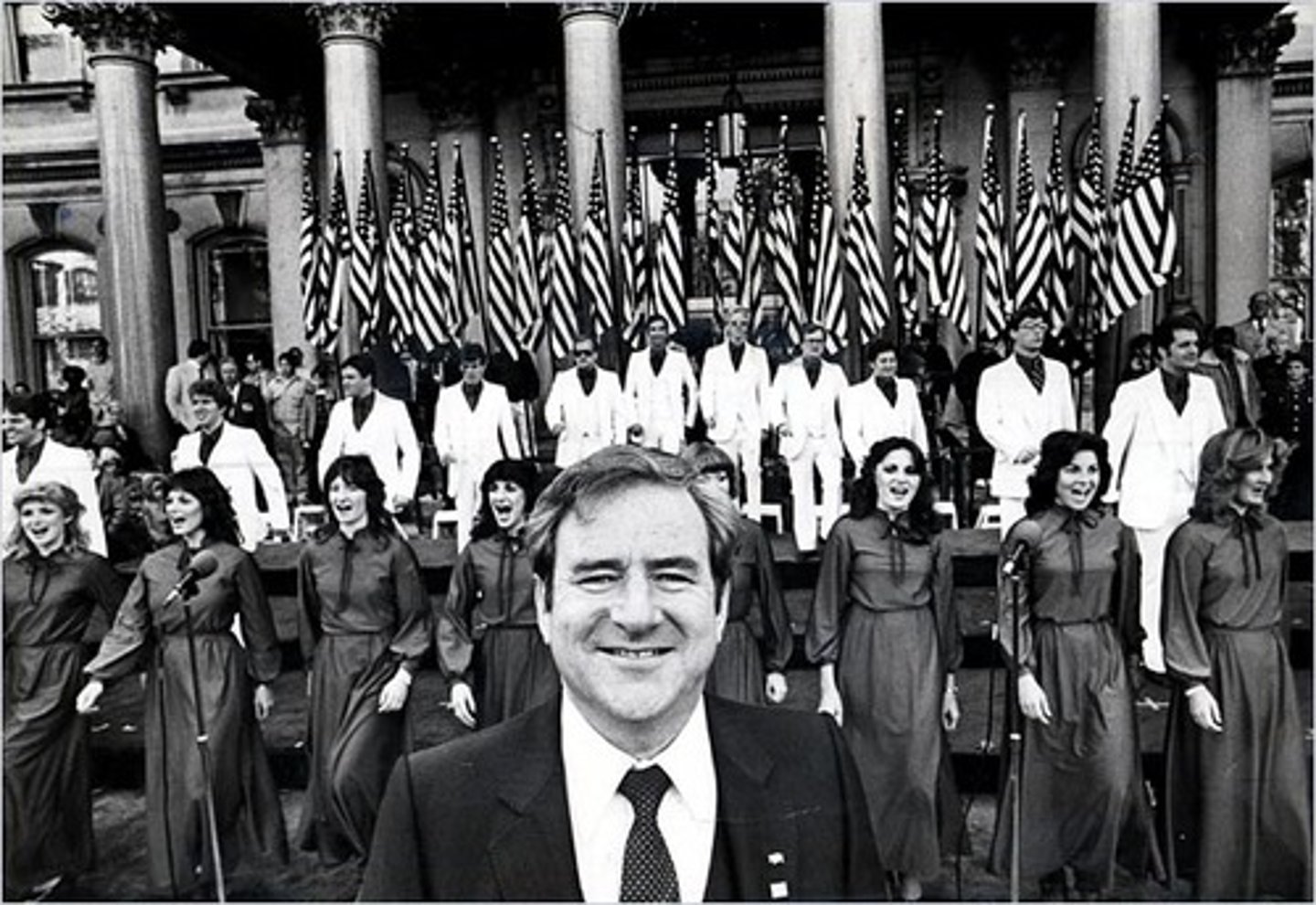
"Family values"
A term referring to the set of values and issues popularized by the Religious Right (opposition to abortion, the ERA, and to gay rights) that were generally adopted by the Republican Party during the Eighties.
The Sagebrush Rebellion
A movement in western states that denounced the control of large areas of western land by the federal government's Bureau of Land Management and insisted that the states themselves be given decision-making power over issues like grazing rights, mining development, and whether public lands should be closed to fishing and hunting. In some ways, this movement was a reaction to the perceived excesses of the Environmental Movement, and using the language of "freedom from government tyranny," it contributed to the Conservative Movement's call for deregulation and more limited government.
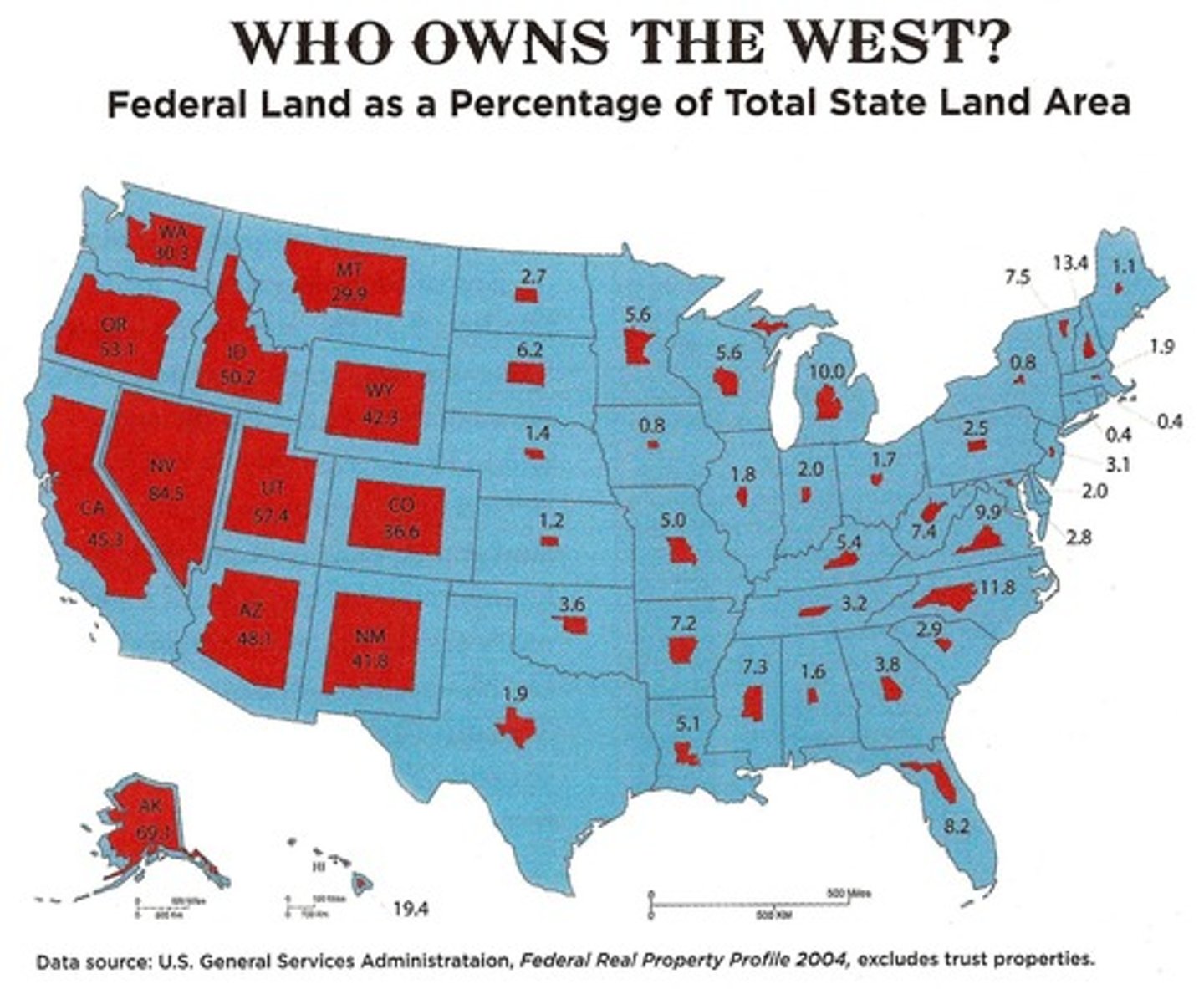
The Reagan Coalition
The general groups of Americans who tended to vote Republican in 1980 lent support to the Conservative Resurgence. Foner writes, Reagan's "victory brought to power a diverse coalition of old and new conservatives: Sunbelt suburbanites and urban working-class ethnics; anti-government crusaders and advocates of a more aggressive foreign policy; libertarians who believed in freeing the individual from restraint and the Christian Right, which sought to restore what they considered traditional moral values to American Life."
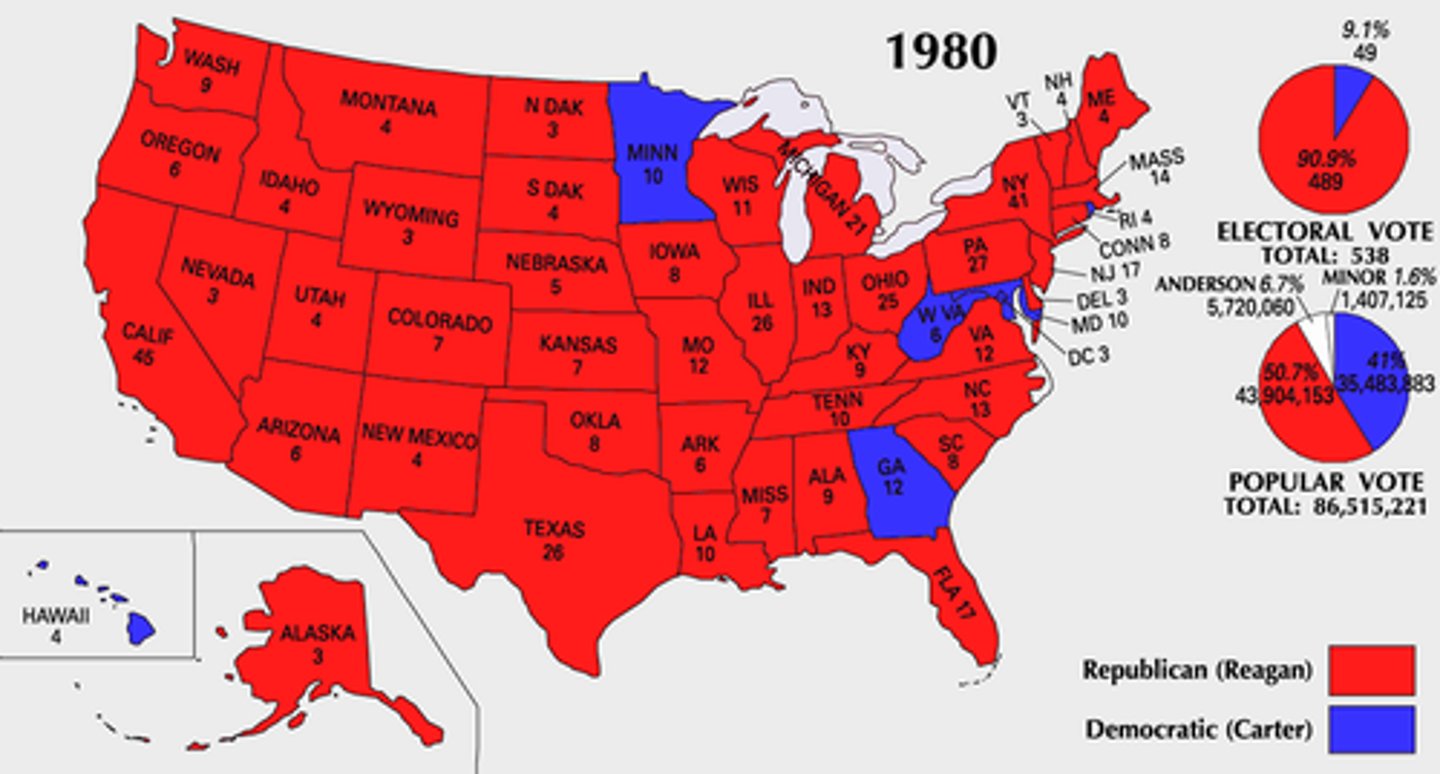
The Reagan Revolution
A reference to how Reagan reshaped the nation's agenda and political language more effectively than any president since Franklin D. Roosevelt. An excellent speaker, his optimism and affability appealed to large numbers of Americans. He made conservatism seem progressive, rather than an attempt to turn back the tide of progress, and spoke of "freedom" more than any president before him. He co-opted the rhetoric of his opponents and gave it new meaning. For example, in Reagan's speeches, "special-interests" meant racial minorities and unions rather than businessmen seeking political favors, "color-blind" meant reducing civil rights enforcement rather than correcting systemic racial inequalities, and "economic freedom" meant less taxes and deregulation rather than combating poverty and strengthening economic security.
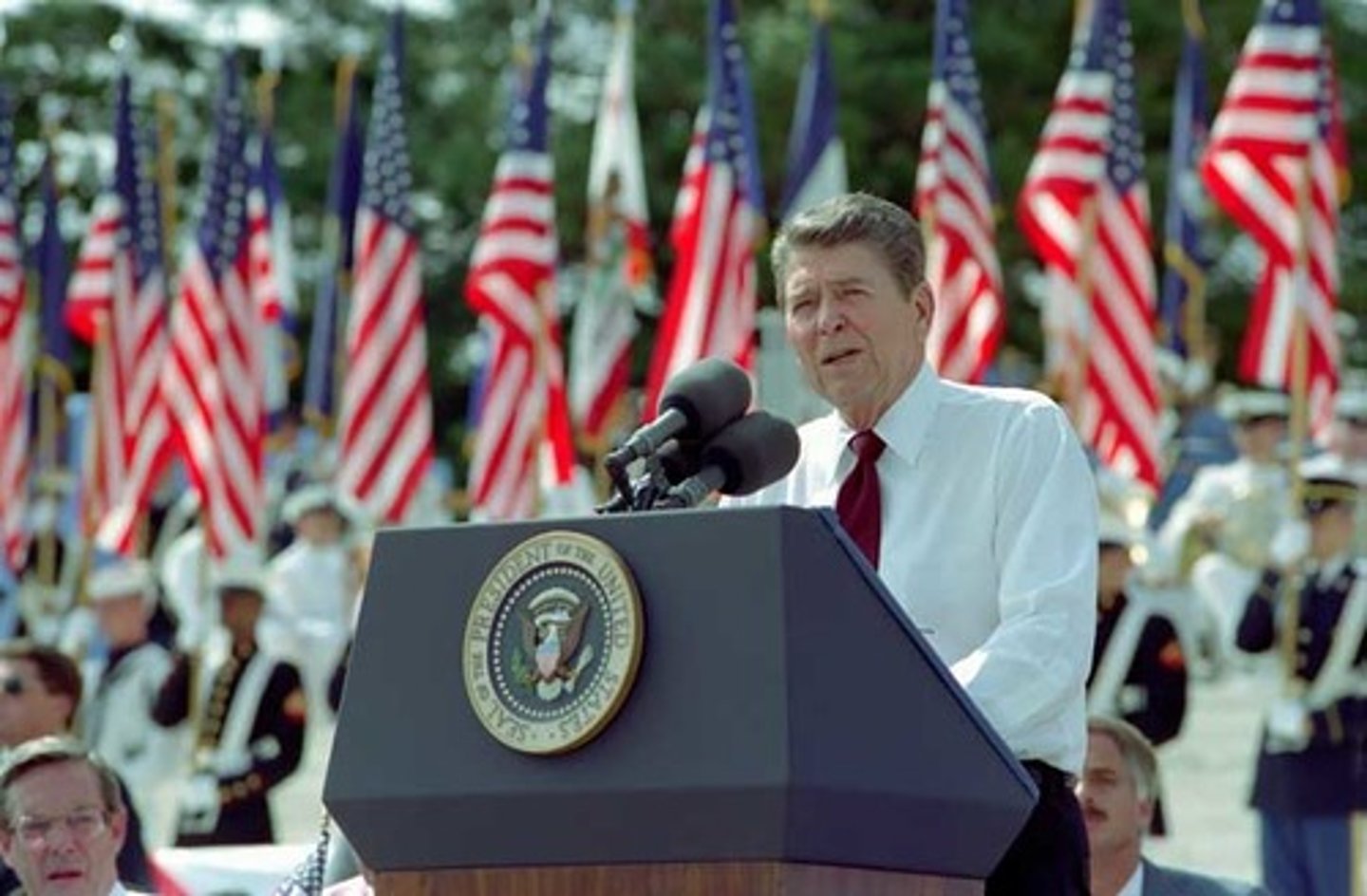
"Reaganomics"
Popular name for President Ronald Reagan's economic policies, which combined "supply-side economics" (large tax cuts, especially for businesses and the wealthy) with deregulation. During his Presidency, Reagan succeeded in lowering the tax rate of the highest tax bracket from 70% to 28%. Reagan assumed that cutting taxes would encourage businesses to reinvest more money (which they would have otherwise paid in taxes) into their companies (thus creating more jobs) and all Americans to work harder (because they could keep more of what they earned). It also assumed that tax cuts would increase business profits and grow the economy, thus enabling the government to still raise plenty of revenue despite the lower tax rates. Critics called supply side economics "trickle down" economics because it lead to increasing class disparity rather than economic growth that benefited everyone.
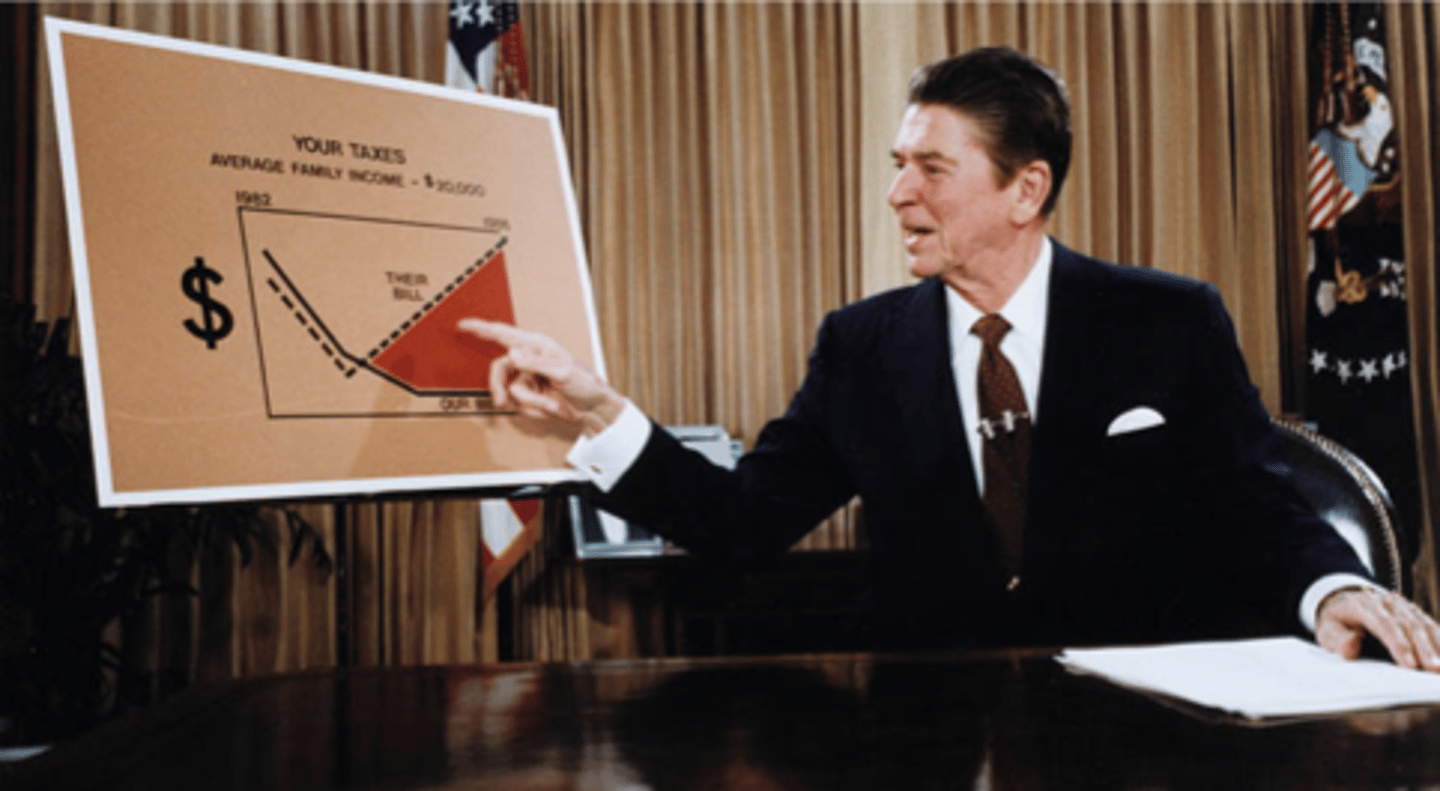
Deregulation
Reagan and many conservatives believed that many government regulations that had been created in efforts to protect the environment, consumers, and/or workers, were damaging to the economy and a threat to freedom. So Reagan appointed conservative heads to various regulatory agencies who cut back the regulations of the agencies they oversaw. The overall effects of deregulation during the Reagan Era remains controversial. The deregulation of some industries--like the Airline industry--were very helpful and productive. However, the deregulation of other industries--like the savings and loan industry--were very destructive and unproductive.

"Yuppie"
A semi-derogatory term, short for "young urban professional," that came into use in the 1980s to refer to young people who earned high incomes working in the financial industry and spent lavishly on designer clothing and other trappings of the good life. The term is a play on "hippie," only it describes a person with roughly the opposite values and lifestyle of the countercultural hippies of the late Sixties.`
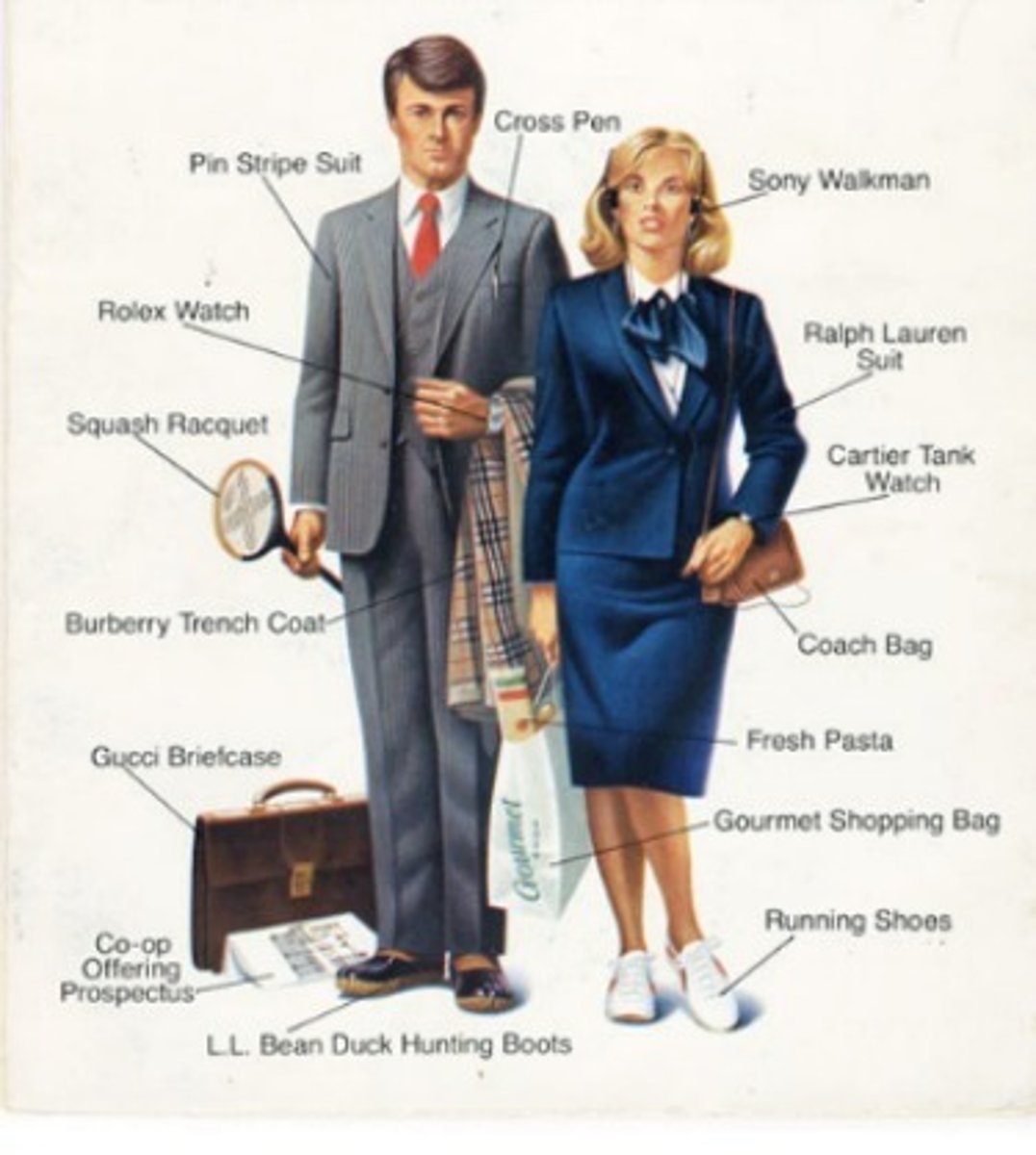
Reagan and the Cold War
During his first term, Reagan breathed new life into the rhetorical division of the world into a "free" West and an "unfree" East. After a decade of détente, Reagan resumed vigorous denunciation of the USSR, calling it the "evil empire" and sponsoring the largest military buildup in U.S. history. To try to end the "Vietnam syndrome," he sent troops to Grenada to overthrow a pro-Cuban government. Reagan also reversed Carter's emphasis on human rights in foreign policy by stepping up U.S. support for Third World anti-communist dictatorships like Chile and South Africa and pouring in funds to combat the insurgencies against the governments of El Salvador and Guatemala, whose armies and associated death squads committed flagrant abuses against their own citizens.
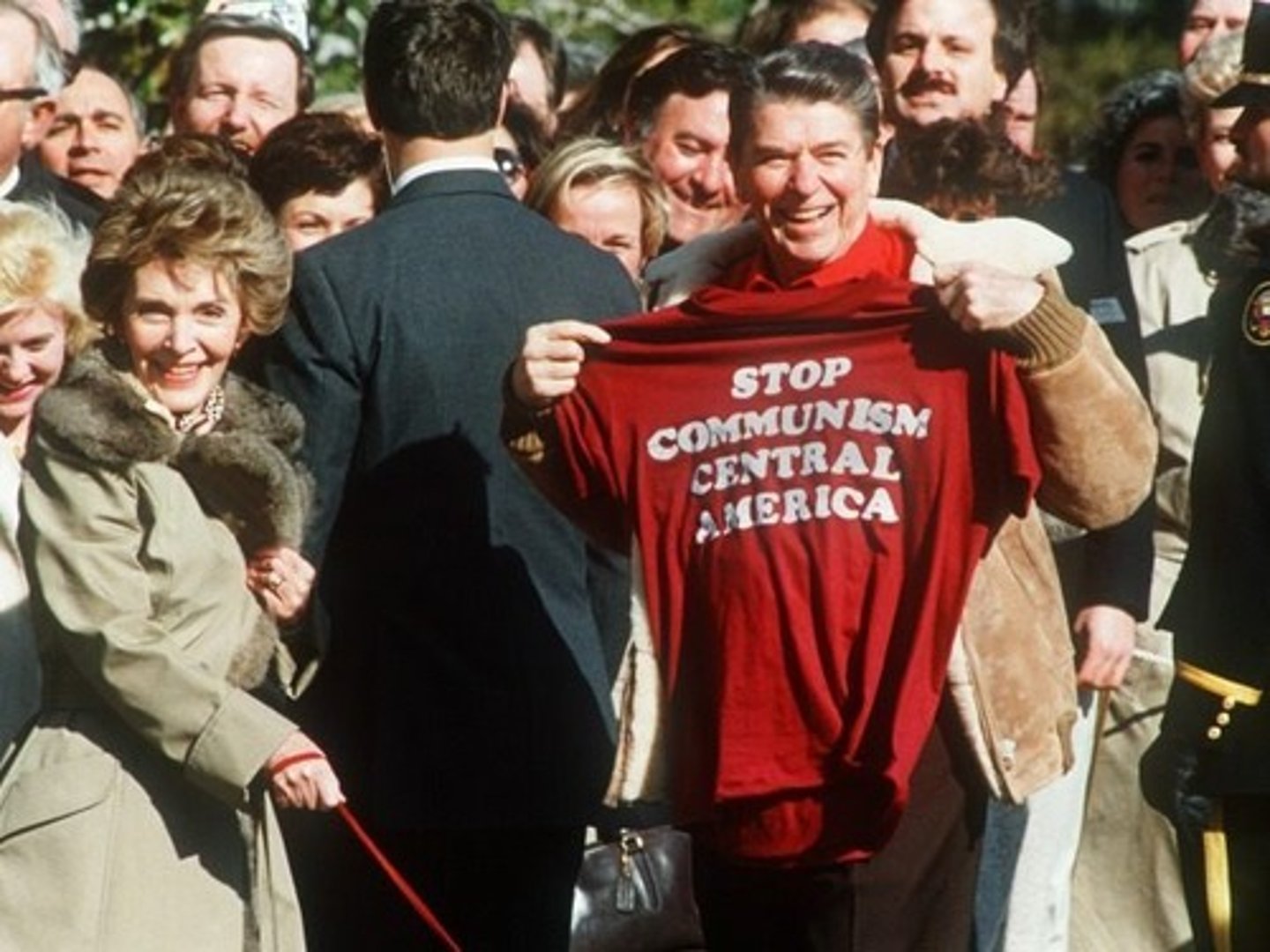
Iran-Contra Scandal
The major scandal of the second Reagan administration involving sales of arms to Iran in partial exchange for release of hostages in Lebanon and use of the arms money to aid the Contras in Nicaragua, which had been expressly forbidden by Congress. Congress held televised hearings that revealed a pattern of official duplicity and violation of the law. While eleven members of Reagan's administration were disgraced, Reagan denied knowledge of the illegal proceedings, but the Iran-Contra Affair undermined the public's confidence that he controlled his own administration.
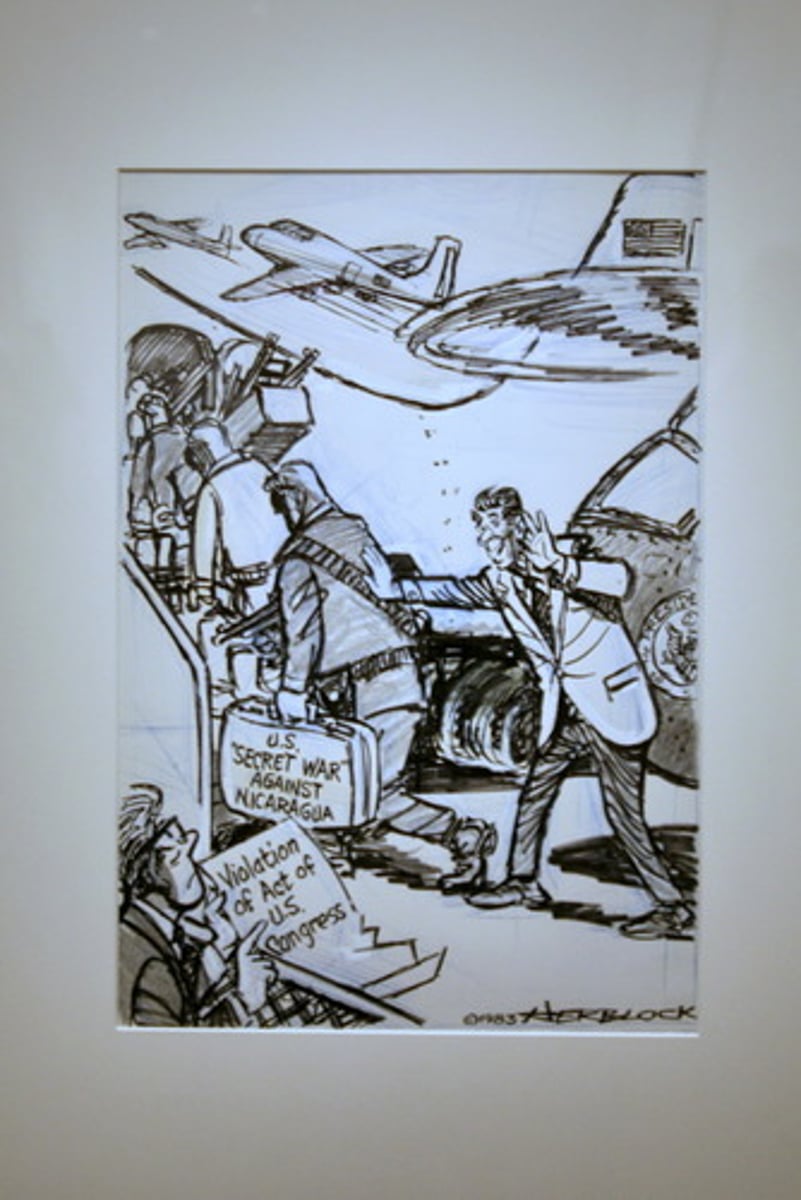
Mikhail Gorbachev
The final leader of the Soviet Union, he came to power in 1985 bent on reforming the Soviet Union's repressive political systems and reinvigorating its economy by inaugurating policies known as glasnost (political openness) and perestroika (economic reform). He developed a strong relationship with Reagan, who negotiated the INF treaty with him.
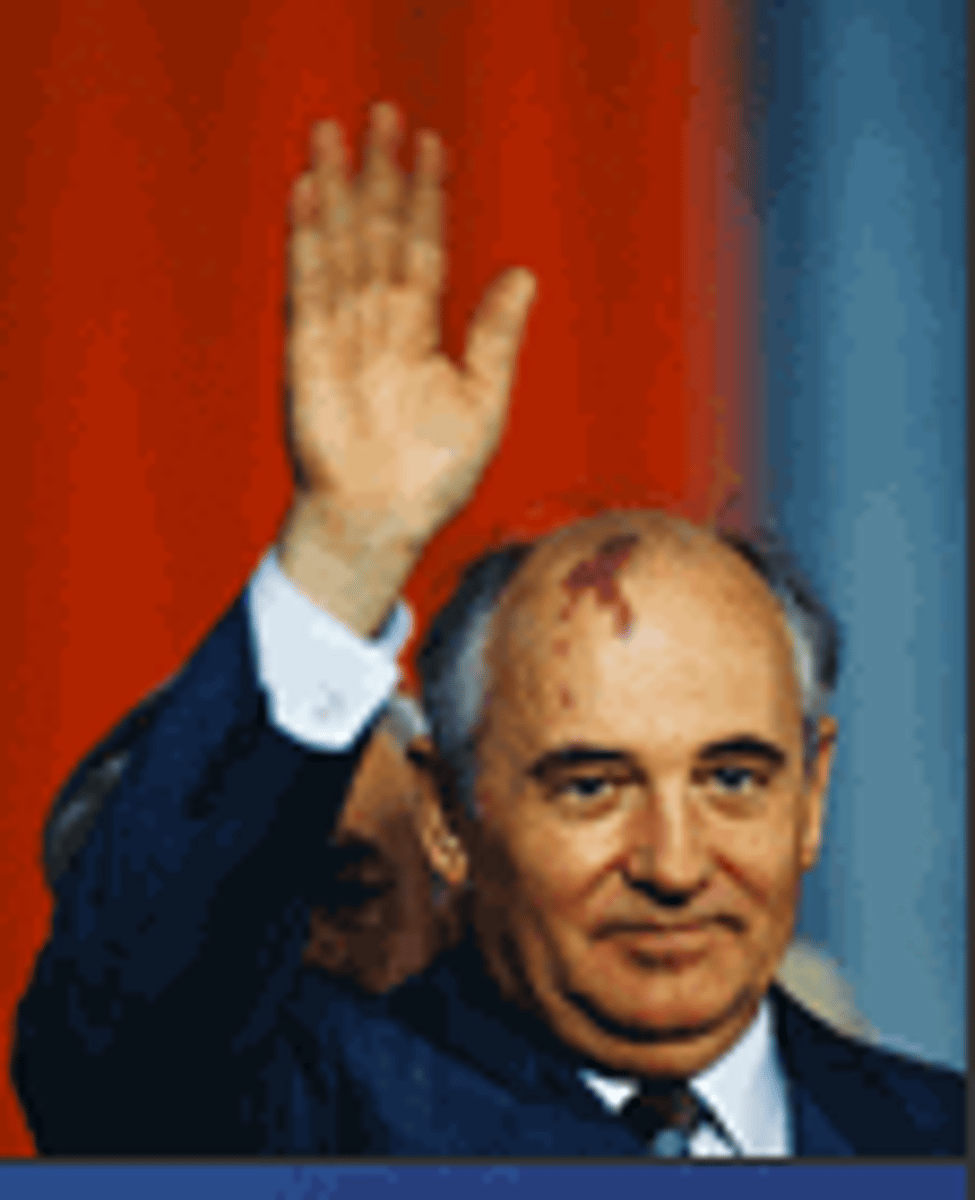
INF Treaty (Intermediate-Range Nuclear Forces Treaty), 1987
A 1987 agreement between the United States and the Soviet Union, signed by President Ronald Reagan and Soviet leader Mikhail Gorbachev in 1987, that eliminated all short range (310-620 miles) and intermediate range (620-3,420 miles) nuclear and conventional missiles, as well as their launchers. The treaty made more progress on arms control than in the entire postwar period to that point. By 1991, over 2,000 missiles were eliminated, followed by 10 years of on-site verification inspections.
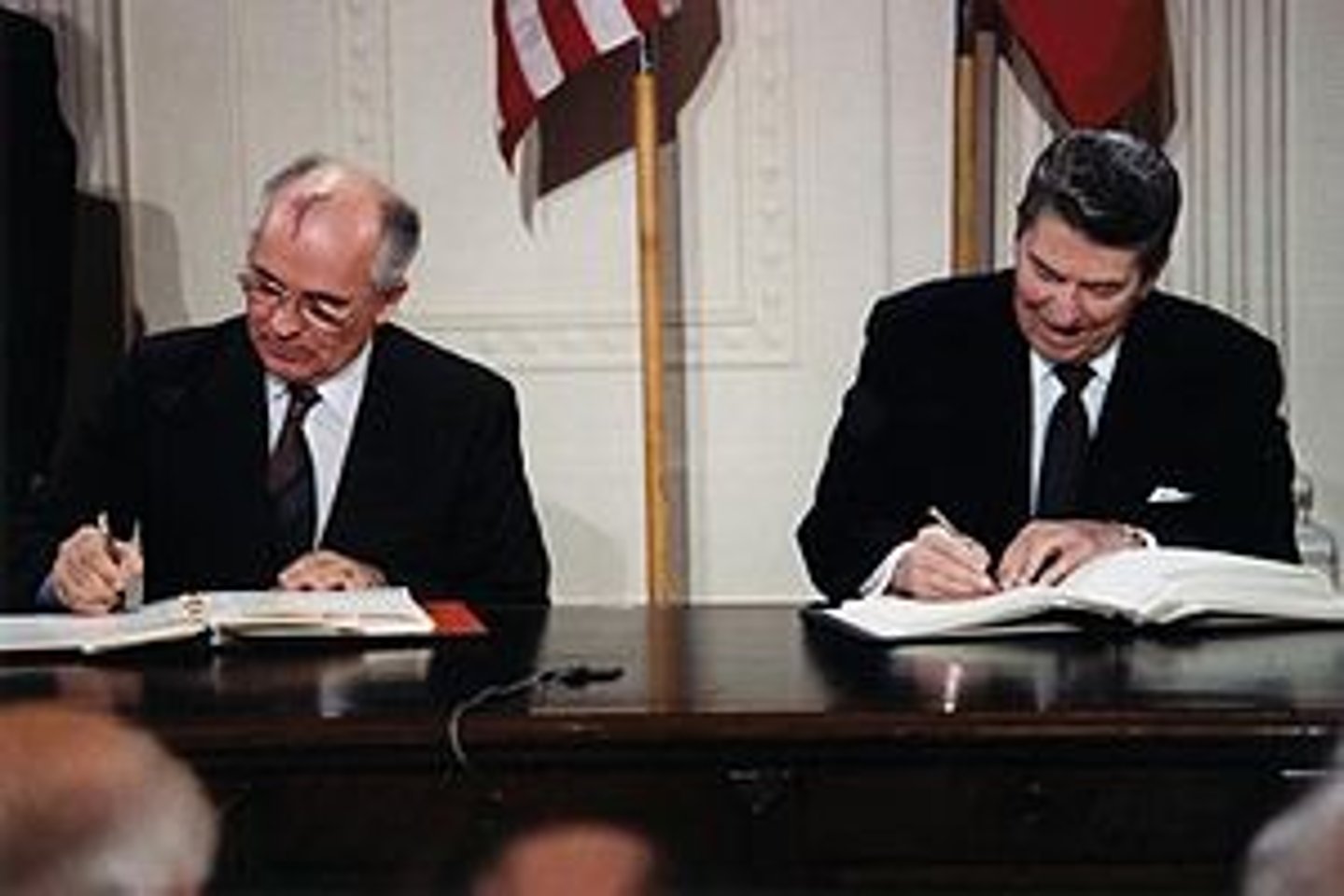
Election of 1980
Ronald Reagan won over Jimmy Carter because of the Iranian hostage crisis and America's stagflation.
tax cuts
The primary way that President George W. Bush proposed to stimulate the economy in 2001 was with
Free Trade Agreement
an agreement between member countries to remove duties and trade barriers on products traded among them.
social safety net
the many programs that the federal government provides to protect Americans against economic and social misfortune
Digital Communication
images, texts, and sounds that use pulses of electric current or flashes of laser light and are converted (or encoded) into electronic signals represented as varied combinations of binary numbers (ones and zeros); these signals are then reassembled (decoded) as a precise reproduction of a TV picture, a magazine article, or a telephone voice.
social network
the social ties radiating outward from the self that link people together
End of the Cold War
Marked by the fall of the Soviet Union which was the result of Eastern European countries gaining independence, Gorbachev's reform policies, and a series of nuclear limitation treaties.
September 11, 2001
September 11, 2001
*Day of attacks by terrorist cells connected to the Al Qaeda network, which was led by Osama bin Laden, a Saudi dissident
*Al Qaeda operatives hijacked two airliners and crashed them into NY's World Trade Center, destroying the buildings and killing thousands
*Another hijacked plane hit the Pentagon in Washington, D.C.
*A final hijacked plane was diverted from its mission, crashing in Pennsylvania
*As a result of the attacks, Congress passed the USA Patriot Act, which broadened government authority to gather intelligence and further defined crimes that were punishable as terrorism
*Attacks led to the invasion of Afghanistan
Afghanistan War (1979-1989)
purpose was to restore pro-Soviet regime, worsened relations between Soviet Union and United States, U.S placed an embargo on the shipment of grain the Soviet Union
Iraq War, 2003-2011
The USA went to war with Saddam Hussein because Hussein kicked out UN weapons inspectors, he was building weapons of mass destruction, he didn't obey the no-fly zones limitations, he was a savage dictator.
War on Terrorism
Response to 9/11, US would actively fight terrorism throughout the world
climate change (global warming)
A rise in the average temperature of Earth's atmosphere and oceans. It is caused by increased concentrations of greenhouse gases in the atmosphere, resulting from human activities such as deforestation and burning of fossil fuels.
Sun Belt
U.S. region, mostly comprised of southeastern and southwestern states, which has grown most dramatically since World War II.
Neo-conservatism
An ideology which brings together a belief in fiscal conservatism, that is a return to classical liberalism (increase the free market, decrease the size of government), with a social conservatism, that is a call to return to traditional notions of social and political morality, with state as moral authoritarian figure
SDI (Strategic Defense Initiative)
Reagan's proposed missile-defense system; featured orbiting battle stations in space that could fire laser beams to vaporize intercontinental missiles on liftoff; popularly known as "Star Wars", Reagan described it as an "astrodome" shield over America; scientifically impossible and astronomically expensive, the initiative was part of Reagan's plan to force the Soviets' hand.
Fall of Soviet Union (1991)
Gorbachev decreased nuclear arsenals, Communist Party lost power, Boris Yeltsin (president of Russian Republic) led Muscovites to take control
George H. W. Bush (1989-1993)
Republican
Major Items:
• Fall of the Berlin Wall (1989)
• Revolutions in Europe (1989)
• Savings & Loan Scandal (1990)
• Invasion of Panama (1990)
• Gulf War (1991)
• Fall of the Soviet Union (1991)
George W. Bush
43rd president of the US who began a campaign toward energy self-sufficiency and against terrorism in 2001
Gulf War
A War (1990-1991) that took place between Iraq and the U.S./Kuwait started by Iraq invading Kuwait; First non-containment based war since WWII; Often referred to as Operation Desert Storm; Primarily an aerial war (huge amounts of missiles and bombs) in the first stages, followed by an infantry march that pushed Iraqi forces back into Iraq
Bill Clinton
42nd President advocated economic and healthcare reform; second president to be impeached
NAFTA (North American Free Trade Agreement)
An agreement for free trade between the United States and Canada and Mexico
Monica Lewinsky Scandal
a political sex scandal emerging from a sexual relationship between United States President Bill Clinton and a 22-year-old White House intern, Monica Lewinsky; eventually led to the impeachment of President Clinton in 1998 by the U.S. House of Representatives
Clinton Impeachment
Impeached for purjury about Monica Lewinsky. Tried and acquitted by the Senate.
2000 Election
This election came down to the state of Florida, between George W. Bush and Al Gore. George Bush won the Presidency by a Supreme Court vote.
Bush tax cuts of 2001 and 2003
-During his first year in office, George W Bush persuaded congress to enact the largest tax cut in American History.
Globalization
the process by which businesses or other organizations develop international influence or start operating on an international scale.
Digital Revolution
the conversion from mechanical and analog devices to digital devices
The AIDS Epidemic of the 1980s
the spread of a new and lethal disease first documented in 1981, AIDS is the product of the HIV virus, which is transmitted by the exchange of bodily fluids, the virus gradually destroys the immune systems and makes victims vulnerable to diseases they would normally have a resistance to. The first victims which were homosexual men were virtually certain to die, and eventually the disease spread further across the country and in other nations like Africa.
Osama bin Laden/al-Qaeda
wealthy Saudi Arab that formed the terrorist network to funnel fighters to Afghan resistance. Led the attack on World Trade centers after U.S. took over Muslim regions and were supposedly humiliating Muslim people. One of the most well known terrorists due to his attack against the U.S. that killed so many
USA Patriot Act (2001)
Strengthens the federal government's power to conduct surveillance, perform searches, and detain individuals in order to combat terrorism.
2008 Financial Crisis
Occurred because of bad practices in the financial sector related to home mortgages. The government eventually bailed out the banks with over 700 billion dollars. the real estate bubble burst in the US, setting in motion a financial crisis of enormous proportions
2008 Election
The election was the first in which an African American was elected President, and the first time a Roman Catholic was elected Vice President (Joe Biden, then-U.S. Senator from Delaware).